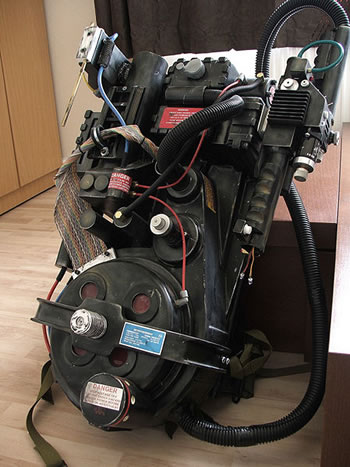Plasma torches, on the other hand, completely ionize the gas passing through the system, and make what is known as hot (ass) plasma. If you’ve never used a plasma torch or seen one at work, you’ve really missed something remarkable. It cuts through metal like a hot knife cuts through butter. Working with one can make you feel like a deity.
Plasma torches form a tiny rocket engine at the tip. A gas is pumped through a small nozzle where an electrical charge is applied to the gas. The gas becomes ionized, expands rapidly and turns into plasma. Its temperature is like 30,000F and travels at 20,000 fps. The tip focuses the gas into a lovely little blue point about two inches long.
The gas used need not be anything special. Nitrogen, Oxygen and Argon are pretty common. I cannot say for sure, but I don’t think there isn’t any substance it can’t cut. These are not to be confused with Oxygen-Acetylene torches that burn the acetylene to reach temperatures of 6500F.




